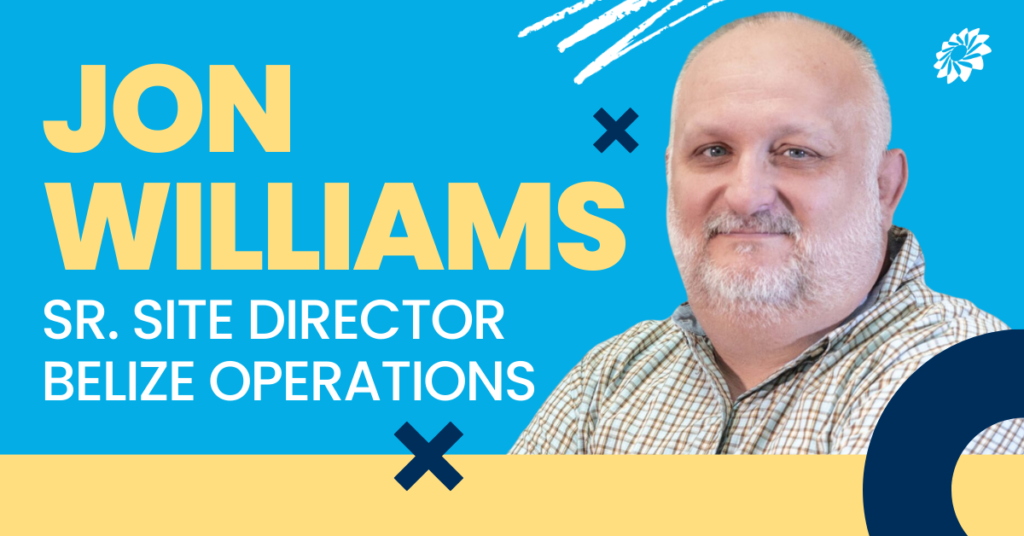Finding Your Staffing Fit
The ideal contact center ratio is not a one-size-fits-all proposition.
By Jon Williams, Sr. Site Director of Belize Operations, Transparent BPO

Formulas help businesses run smoothly. There are a host of prescribed formulas for running a successful and profitable enterprise, from the cost of goods sold to inventory shrinkage formulas.
Business management gurus have pored over decades worth of data to determine formulas for some of the most complex business equations facing organizations today. However, one of the most challenging formulas for anyone working with an outsourced contact center is the staffing ratio supporting their program.
These support ratios are a significant cost in any BPO, and many well-intentioned leaders have been guilty of trying to stretch ratios to save their client money. However, at the end of the day, it never seems to work out that way.
Every BPO deploys ‘standard’ support ratios. There are preset ratios for ‘team lead to an agent,’ another ratio for ‘operations manager to team lead’ and for ‘trainer to agent,’ and throughout the structure of the contact center. The challenge with the standard formula is that no two clients and their programs are alike. Every program is unique, and potentially requires different resources and support to be successful. When thinking about support models for new programs, there are an infinite number of unique circumstances you can take into consideration before deciding on what the right support ratio should look like.
The most obvious and costly is Team Lead to Agent. I have seen models ranging from one team leader dedicated to three agents to one team for 50 agents – and in different circumstances, these ratios can both work.
Determining the ideal ratio is the tricky part;
- Is the program year-long or is this just a holiday rush?
- How complicated are the interactions with customers?
- How robust is the knowledge base or troubleshooting tool?
- What are your hours/days of operation?
- Are subject matter experts required to answer the technical questions, or will it be the Team Lead be able to fill this role?
- How much administrative work will the Team Lead need to do, such as email, payroll, or reports?
- How many lines of business will the contact center be supporting in a single program, and will each one need a Team Lead, or will the agents be cross skilled?
The list of questions can be overwhelming.
The bottom line is that there is no secret formula for these support ratios – one size does NOT fit all.
Using a ‘standard’ ratio to launch your program may work, however, as you continue to learn more, you will need to tweak and change the ratios to fit. If you go lean-and-mean you might save a few dollars today, but agent performance could potentially suffer because they are not getting enough coaching and feedback. Without this support, your customer experience suffers, your attendance and your agent attrition will suffer, and that is more costly than the right ratio would ever be over time. Being too heavy on ratios leads to roles without purpose or direction and costly unneeded overhead.
The biggest trap clients fall into is accepting a prescribed ratio in their contract center and trying to fit their program into that formula. Don’t be afraid to look at what is needed and what will work. Your BPO partner should be constantly evaluating the ever-changing landscape of the support they are providing and really peeling back the layers to see how much work is being done at each level. You might just be surprised to find that small tweaks outside your standard model is the right model waiting to make your team from agents to site leaders more successful. A less stressed contact center will be one that delights your customers with every interaction.